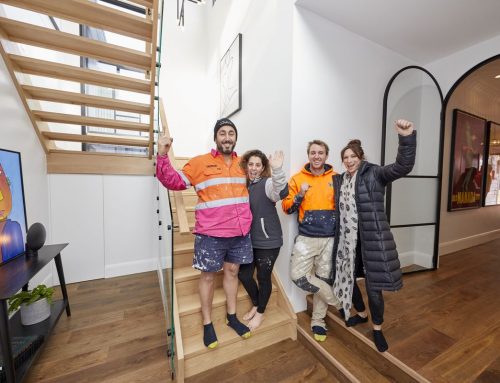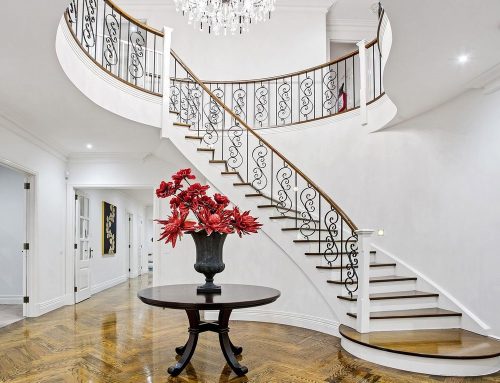About the author : Melbstairs
Whether you are building a new home or property or remodelling your current one, have you considered a different type of staircase inside of it? A different staircase may just give a room a unique appearance, and will be helpful getting to rooms upstairs that you visit more frequently.
Here are all the kinds of stairs that you can consider for your home:
Straight stairs
Stair design in Australia can be as basic as it gets with straight stairs. They are the most common of staircases in both residential and commercial buildings. Straight stars are the easiest to climb, and are the easiest to build, depending on the degree of detail in the design. Straight stairs do not require much to connect the top floor with the bottom floor. These stairs are also fairly simple to add railings to.
Straight stairs, however, occupy a good amount of linear space, which needs to be in consideration in your design phase. Staircases that are higher than 3.5 metres will require room at the base for a landing, so that there is plenty of room for residents to walk when walking past or away from the area. Straight stairs will also allow you to see what is going on from the opposite floor quire clearly.
L-Shaped stairs
The l-shaped staircase has a landing in the centre that creates a 90 degree turn up or down the stairs, making people who climb them change direction. L-shapes stairs can be visually appealing to some homeowners. They also provide a visual barrier so that you do not see what is going on from the upper or lower floor. The landing in the middle provides an ample space for tiresome users to stop and rest when climbing them. L-shapes stairs are also great for corners of a room so that you can maximise the space in the middle of it.
L-shaped stairs require more effort and resources to make. Railing likely has to be custom made to go with this type of staircase. Also, consider what needs to be done to safely move large furniture up and down these stairs.
Spiral stairs
Spiral stairs are often mistaken for stairs that curve, yet spiral stairs assume the shape of a spring or coil. Spiral staircases are normally very compact in size and the treads are connected to a pole in the middle. If space is essential for your home, this will be a great option, and the centre pole is a stable structure for support. Spiral stairs are as complex as stair design in Australia can get at the moment.
Spiral staircases, however, are harder to navigate than any other type of staircase. Walking ability improves as you walk along the outer diametre, so a larger spiral staircase is preferred for people that have difficulty walking around tight spaces. It is very difficult to carry large objects up and down these staircases, and only one person can use the staircase in one direction at a time.
Curved stairs
Curved stairs are elegant inside the home and out. Unlike spiral stairs, they slightly curve, making the purpose of them similar to the L-shaped staircase. Curved stairs are traditional looking staircases that are also rather versatile, and great for any style home. The larger the stairs are, the easier they are to climb.
Curved stairs, however, are the most difficult to build, because of the technology required to make curved steps and the shape of your home that determines where such steps can go. Because of this, curved stairs are the most expensive to make.



